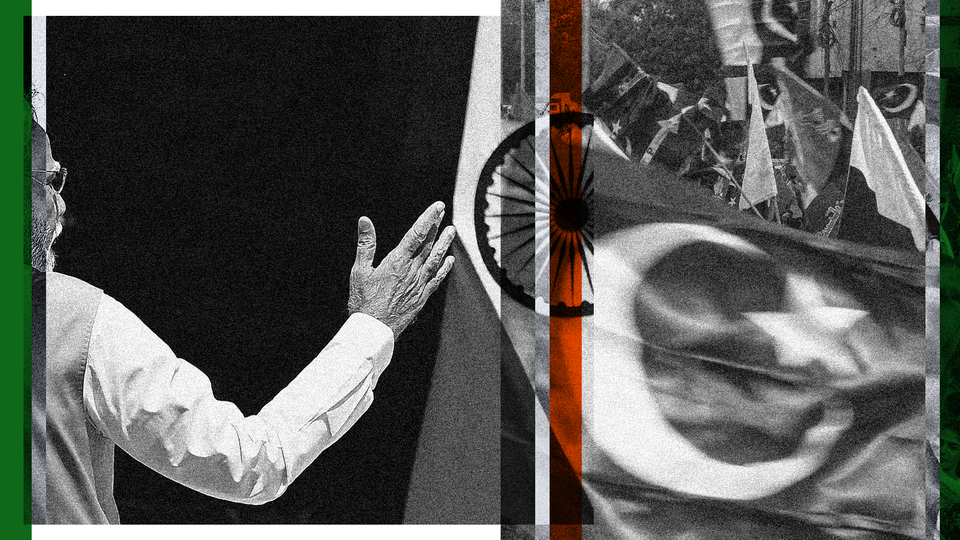Pak vs Ind: A New Era of Tensions, Rivalries, and Uncertainty
The rivalry between Pakistan and India, often referred to as "pak vs ind," has shaped South Asia for decades. Today, as both countries stand on the brink of a new chapter, understanding the roots, current developments, and future prospects of this conflict is more important than ever.

Indian and Pakistani soldiers at the border highlighting the persistent Pak vs Ind tensions.
The Historical Context of Pak vs Ind
The India-Pakistan rivalry dates back to the partition in 1947, when newly-independent India and Pakistan were born out of the British Empire. Disputes over territories, especially Kashmir, quickly emerged. The conflict has led to several wars, border skirmishes, and enduring distrust. A detailed timeline of Pak vs Ind tensions reveals how each chapter built upon earlier grievances, cementing both nations' adversarial stance.
Throughout the decades, events like the wars of 1947, 1965, 1971, and conflicts in 1999 have continued to inflame animosity. Kashmir remains the most prominent flashpoint, with both sides maintaining heavy military presence and often accusing each other of escalating violence.
Recent Escalations: What's Different Now?
In recent years, the "pak vs ind" dynamic has become even more volatile. Following a deadly attack on tourists in Kashmir in April 2025, the region has witnessed a dangerous military escalation. There have been missile exchanges, airstrikes, and mounting casualties on both sides. According to The Atlantic's analysis, this phase is particularly worrisome because the regimes in both countries have adopted similar hardline stances, fueling extremism and reducing the likelihood of meaningful dialogue.
What sets the current situation apart is not just the use of advanced weaponry or the scale of violence. Political calculations, domestic expectations, and a lack of effective international mediation contribute to the heightened risks. With both sides unwilling to appear weak, each incident threatens to spiral into wider conflict. For more in-depth insight, see this explainer on the risk of a new war.
The Role of Kashmir: Epicenter of Tensions
Kashmir remains the core issue in the pak vs ind rivalry. Both countries claim it in full but control different parts. Over time, government decisions—such as India's revocation of Kashmir's special status—have provoked unrest and intensified militant activity. Many attacks and counterattacks originate from this region, keeping it at the heart of international concern.
International actors have historically tried to reduce tensions, but current global priorities mean that India and Pakistan may have to resolve matters bilaterally. As a result, local populations often bear the costs, facing ongoing security concerns and disrupted lives.
The Future for Pak vs Ind Relations
With each new escalation, questions arise about the future. Is there a way forward? Both governments find themselves under pressure to respond forcefully to perceived threats. At the same time, there is widespread recognition of the dangers of unchecked escalation, especially given both countries' nuclear capabilities.
The hope is for restraint and renewed dialogue before further violence erupts. Ordinary citizens on both sides often yearn for peace and cooperation. Yet, political realities and historical grievances continue to pose challenges.
Conclusion: Why Pak vs Ind Matters
The "pak vs ind" conflict is far more than a geopolitical rivalry. It touches issues of identity, security, and the aspirations of nearly two billion people. As events continue to unfold, staying informed is essential. To understand every nuance and stay updated, refer to trusted reports like The Atlantic and TIME's historical overview.
Let us hope that both countries find a way to step back from the brink. Diplomacy, mutual understanding, and a commitment to peace could help shape a safer future for the region and beyond.